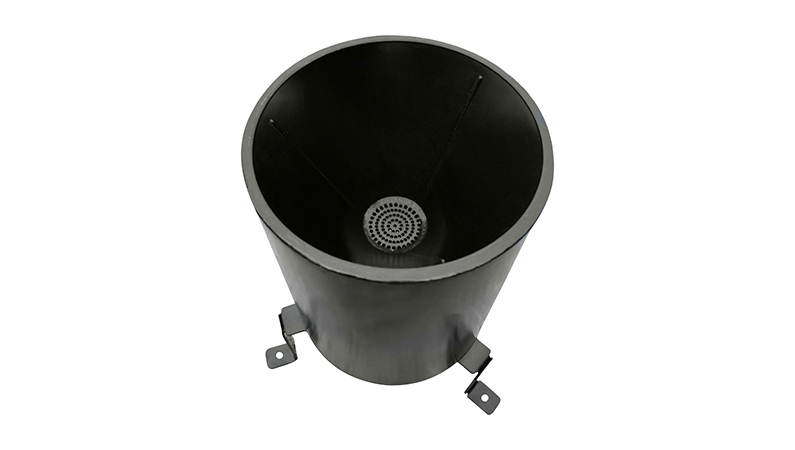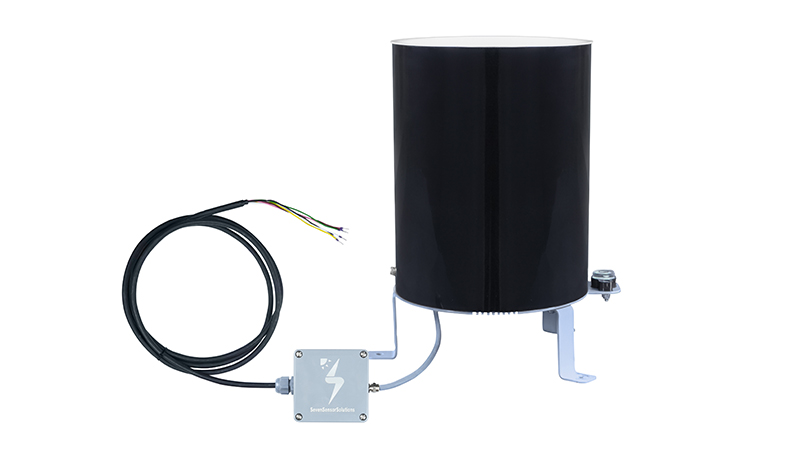A Modbus Rain Gauge Sensor is used to measure precipitation intensity in meteorology, hydrology, agriculture, photovoltaic (PV) fields, and other industries. It determines the characteristics of the precipitation (e.g., whether it is light, moderate, or heavy) or detects whether it is raining.
How does the rain gauge sensor work?
During rain intensity measurement, the rain data is read using a reed relay based on the principle of tipping buckets. This data is then transmitted to data loggers via the Modbus RTU protocol over an RS485 data line.
In the Modbus, the Rain Gauge Sensor uses magnets to drive the switching operations. The low and high signals generated from these actions provide rainfall data.
Easy Setup Installation
The installation is simple for the Rain gauge sensor. It has including three legs, which can be easily mounted on the ground using screws. No additional mounting accessories are required. However, the surface must be level, as the rain gauge includes a built-in bubble level to ensure accurate measurement.
Types and Specifications of Seven Sensor Rain Gauge Sensors
Seven Sensors has 2 types of Rain Gauge Sensors:
- 3S-RG-MB: This model can connect directly to a datalogger. It provides Modbus RTU connections, and the collected data can be received in mm and pulse formats.
- 3S-RG-PLS: This model can connect to a compact weather station or if the datalogger has PLS output this model can directly connect to the datalogger.

Accuracy and Measurement Range
The rain gauge sensor has the following accuracy & measurement range:
The measurement range is 600 mm/h.
Accuracy.
- ±1% (0 mm/h – 30 mm/h)
- ±2% (30 mm/h – 100 mm/h)
- ±5% (100 mm/h – 600 mm/h)
Operation principle of the Rain Gauge Sensor
The Rain Gauge Sensor and Wind Speed Sensor operate on similar principles. Each “pulse” from these sensors triggers a TIM16 interrupt in the processor, which then calculates the precipitation value.
The calculation is performed instantaneously, per minute, and per hour. The instantaneous data reflects the number of pulses generated over a 1-second period.
Precipitation amount units are as follows:
- Instantaneous: mm/s
- Per minute: mm/min
- Per hour: mm/hr
Additional Considerations
- Foreign objects, such as leaves, can obstruct the sensor and interfere with accurate water measurement. To ensure optimal performance, regular maintenance is recommended, especially during the autumn months.
- In freezing conditions, the tipping bucket mechanism may become inoperative, leading to measurement errors. To prevent this, a heated rain gauge model is recommended for cold environments.
